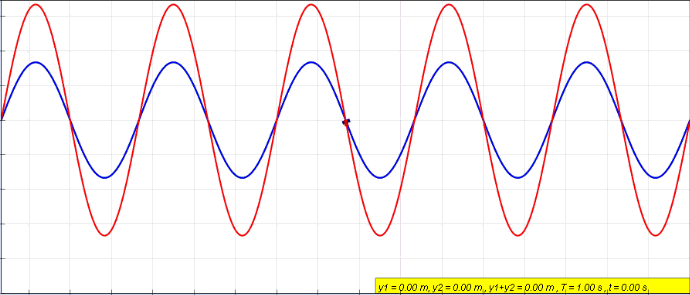BB(6) is hard Created 2024-07-04 Updated 2025-07-16
A hard problem ha been found for it, and it was called the "antihydra":
- news.ycombinator.com/item?id=40864949 BB(6), The 6th Busy Beaver Number, is harder than a Collatz-like math problem
- www.reddit.com/r/math/comments/1dubva0/finding_the_6th_busy_beaver_number_%CF%836_aka_bb6_is/ "Finding the 6th busy beaver number (Σ(6), AKA BB(6)) is at least as hard as a hard Collatz-like math problem called Antihydra":
- www.reddit.com/r/compsci/comments/1duc62e/finding_the_6th_busy_beaver_number_%CF%836_aka_bb6_is/
BB(6) Created 2024-07-04 Updated 2025-07-16
PROMYS Created 2024-07-04 Updated 2025-07-16
The good:
- a bit of Students must be allowed to progress as fast as they want. Though not fully as once you're in your stuck for 6 weeks in their rythm. Though there are research projects going on too which helps.
- peer tutoring-like: they seem to pick undergraduate students to serve as supervisors
The bad: everything else. Closed source learning materials + a university-like selection program. Such a waste of efforts that could benefit way more people with more open resources.
meta.mathoverflow.net/questions/4889/request-to-keep-an-eye-out-for-promys-admissions-problems asking to remove PROMYS problems from MathOverflow. And it seems to have been mostly accepted. Newbs. Any maths problem should be allowed to be askeable online. There are no fundamentally new problems, copyright takedown is just silly.
Standing wave Created 2024-07-04 Updated 2025-07-16
Standing wave caused by wave interference of two waves
. Source. Pre-university summer school Created 2024-07-04 Updated 2025-07-16
Plucked string model Created 2024-07-04 Updated 2025-07-16
Staring from a triangle wave, this explains why we always get the same musical notes:See also: solving partial differential equations with the Fourier series.
- www.math.hmc.edu/~ajb/PCMI/lecture7.pdf "7.5.1. Musical instruments" is very good. Also mentions that in the piano it is more like an initial speed is applied, and it is not the same as plucking
- music.stackexchange.com/questions/135635/confusion-about-overtones-and-a-slow-motion-video-of-a-plucked-string
- music.stackexchange.com/questions/60833/what-determines-the-relative-volumes-of-the-harmonics-when-plucking-a-guitar-str
Wave equation on string with one vibrating side Created 2024-07-04 Updated 2025-07-16
Wave equation boundary condition Created 2024-07-04 Updated 2025-07-16
Damped wave equation Created 2024-07-04 Updated 2025-07-16
Summer school Created 2024-07-04 Updated 2025-07-16
Extracurricular activity Created 2024-07-04 Updated 2025-07-16
You know things are bad when the extracurricular activities are what studnets should actually be doing full time instead!
Benzene Created 2024-07-04 Updated 2025-07-16
List of organic compounds Created 2024-07-04 Updated 2025-07-16
Argon-40 Created 2024-07-04 Updated 2025-07-16
K-Ar dating Created 2024-07-04 Updated 2025-07-16
Discovery of the noble gases Created 2024-07-04 Updated 2025-07-16
Discovering them was not so easy because they don't form chemical compounds. So they exist only as gases. And Helium disperses off into space.
Argon was the first to be found by density considerations because it is so abundant on Earth's atmosphere (~1%): Argon is abundant on Earth's atmosphere because it comes from the decay of Potassium-40.
Coq (software) Created 2024-07-04 Updated 2025-07-16
Argon isotope Created 2024-07-04 Updated 2025-07-16
Argon is abundant on Earth's atmosphere because it comes from the decay of Potassium-40 Created 2024-07-04 Updated 2025-07-16
And notably, it is almost all Argon-40, which is stable, but not the most common one to come from natural nucleosynthesis.
There are unlisted articles, also show them or only show them.


